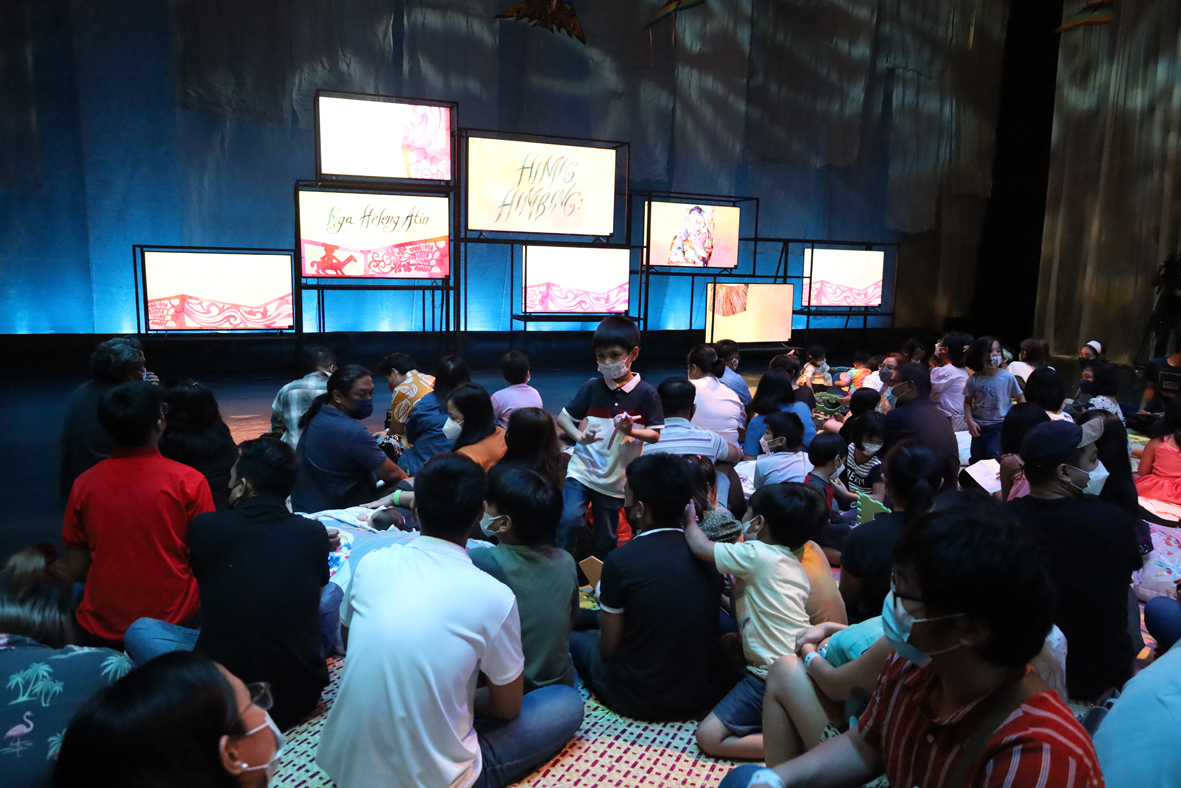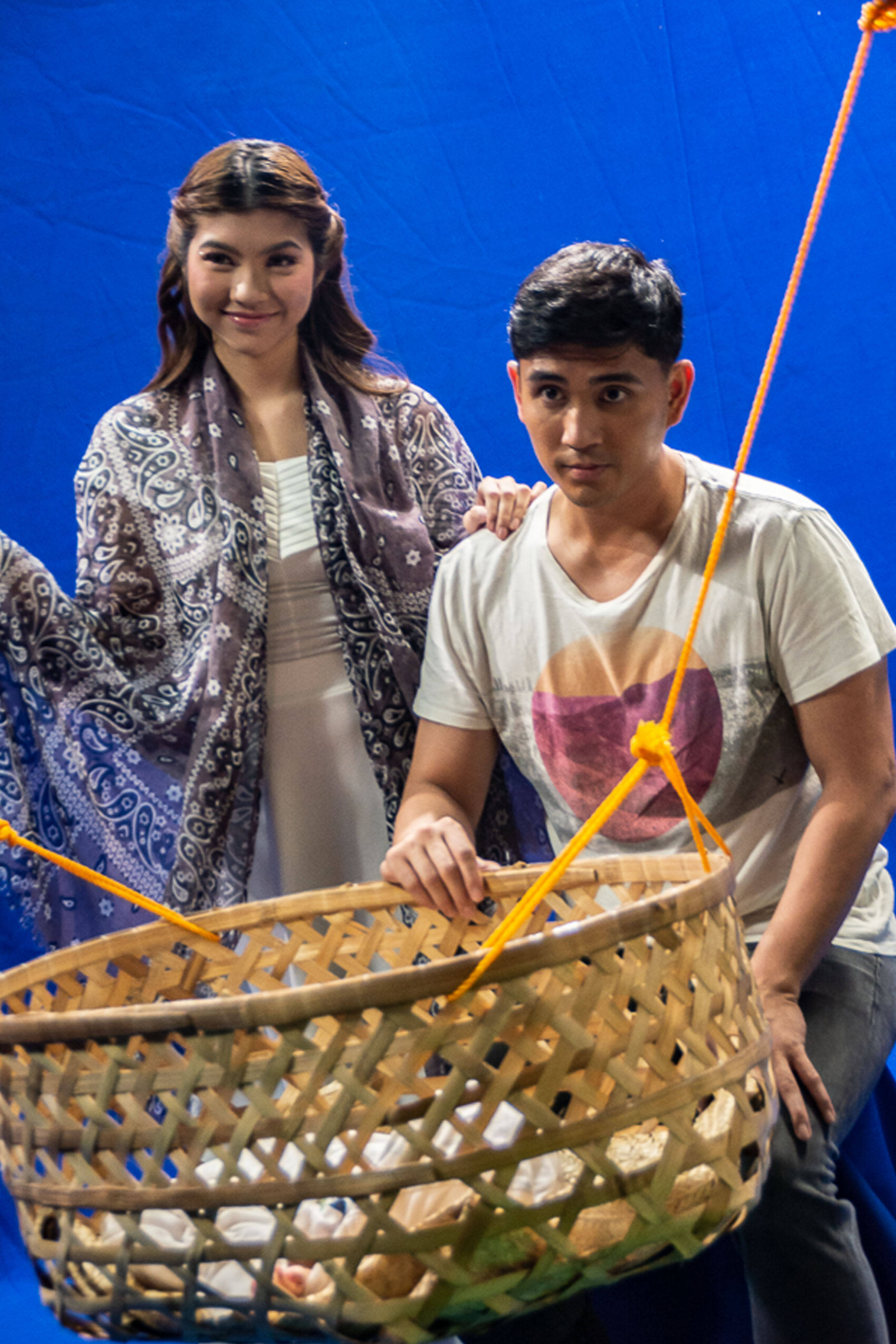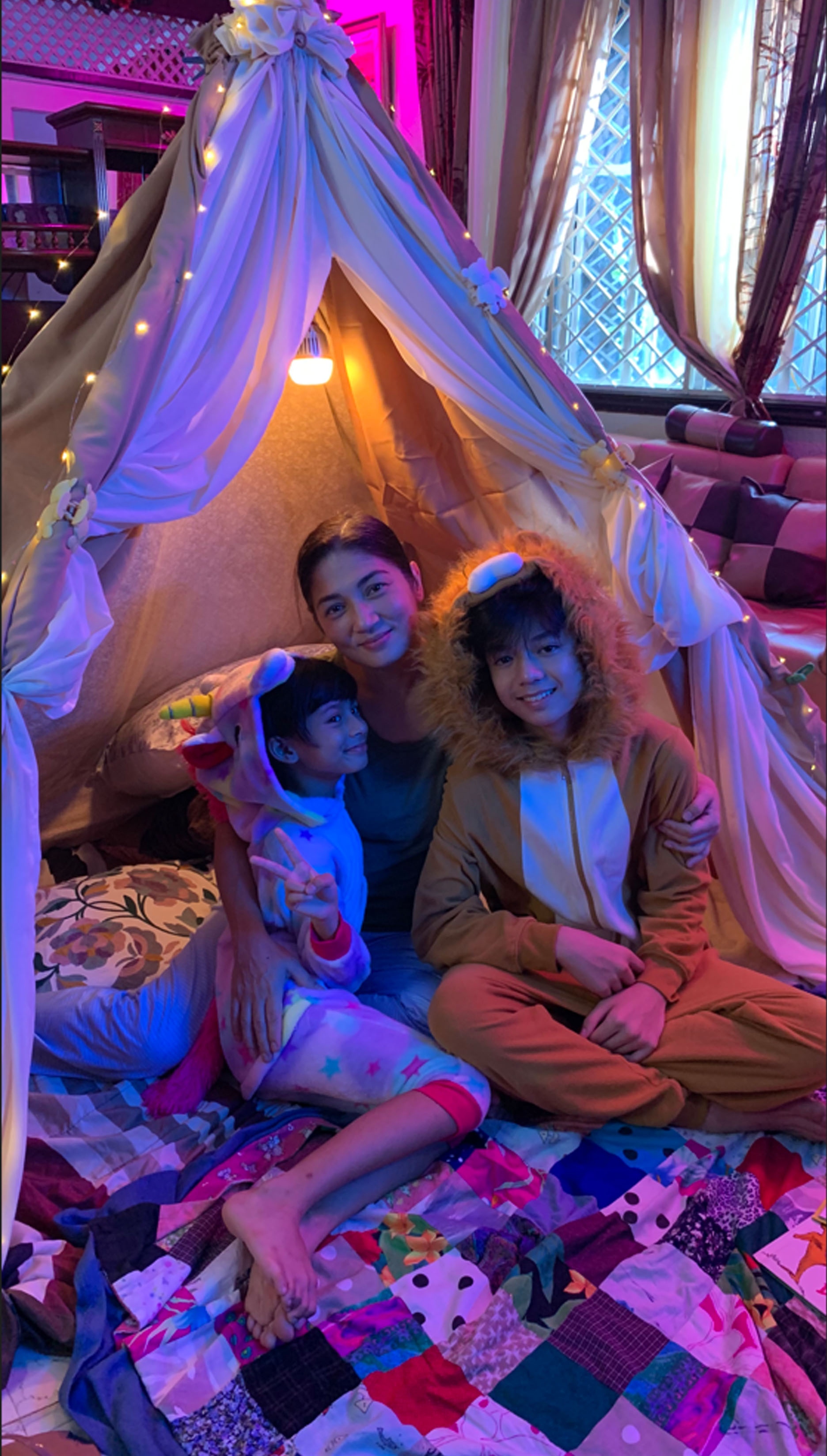Lovely Local Lullabies for the Little Ones
Taking care of children can be very challenging for parents or babysitters, especially when lulling them to sleep. At times, the efforts become increasingly difficult when the kid cries or even throws a tantrum that makes one wonder when it would ever end. Talking to them could be a challenge, but singing to them might probably be just the solution.

Crooning “Rock-A-Bye-Baby”, “Twinkle Twinkle Little Star” or any popular English nursery rhyme to pacify an infant is one thing, but how about singing a lullaby in a Tagalog, Visayan, or Mindanaoan language? It was a calming experience for audiences to hear such lullabies at the recent launch of Himig Himbing: Mga Heleng Atin (CCP Indigenous Lullabies) at the Cultural Center of the Philippines.
A project of the CCP Arts Education Department through its Audience Development Division, Himig Himbing featured eight music videos of lullabies from different regions of the country. The project is aimed at reintroducing the Philippine indigenous lullabies to contemporary audiences and developing nurturers that are grounded in Philippine songs and heles.
In realizing Himig Himbing, eight music videos of eight lullabies from the regions were developed based on the research of ethnomusicologist Sol Trinidad and arranged by musical director Krina Cayabyab. Eight filmmakers, namely Sigrid Bernardo, Alvin Yapan, Carla Ocampo, Teng Mangansakan, Milo Tolentino, Mes De Guzman, Thop Nazareno, and Law Fajardo created their respective film interpretations of the featured lullabies.

The following videos are “Sa Ugoy ng Duyan” (a Tagalog lullaby composed by National Artist for Music Lucio San Pedro with lyrics by National Artist for Music and Literature Levi Celerio), “Katurog na, Nonoy” (a Bicolano lullaby sung by one whom a little boy looks for to put him to sleep), “Wiyawi” (a traditional Kalinga lullaby often sung by caretakers, usually Cordilleran fathers), “Aba-aba” (a lullaby indigenous to Southern Mindanao, particularly sung by the indigenous group Subanon), “Hele” (a lullaby from a 1986 field recording of Dr. Elena Mirano taken in San Mateo, Rizal), “Dungdungwen Kanto” (translated as I Will Love You, the first line of an Ilocano wedding song also often sung as a children’s lullaby), “Tingkatulog” (translated as ‘Sleeping Time’, a folk lullaby from the area of Bohol), and “Ili, Ili, Tulog Anay” (translated as ‘Little One, Go to Sleep’, a Visayan lullaby sung by a caretaker to a child and mentions a mother who is out buying bread).
CCP Board Trustee and Vice Chair Michelle Nikki Junia, who initiated the idea in the form of a lullaby, explains how both adults and children can benefit from this unique endeavor.

“We want to make sure that we have good research,” Junia elucidates. “I requested to take a look at unpopular lullabies, not just the ‘Bahay Kubo’ (Nipa Hut) version, and dig deeper for a representation from various regions as we believe the country is very rich in traditions. We have to embrace and make that known.” She is also impressed with the production of the eight videos, which were integrated into the folk tales, putting added value to the lullabies as well. “That’s the beauty of it,” she says of the flicks. “They were very creatively done and in high quality.”
Being an early childhood music educator, Junia observes that there is a scarcity in terms of Filipino lullabies in her classes. “Most of the lullabies Filipino music teachers would use as available resources are western repertoire, she notices. “There are more western lullabies while traditional Filipino lullabies are very few. I see that the importance for the mothers, the elders, and the caregivers is to be aware and to share our traditional lullabies, especially since we are giving value to developing in the young our own language. We are Filipinos, but sadly, the younger generation now is more eloquent in speaking English than in our own language.”

Regarding Filipino traditions, Junia does not want them to die. “They have to be present up to this time and they need to be reborn. That’s why the way Himig Himbing was arranged, and the way the music videos were produced somehow integrated the technology for it to be relevant to the young parents at this time,” she continues. “Probably due to disconnection or lack of interest, they cannot relate to the way it sounds because it has a different ‘taste’.”
Junia also feels that something must be done in order to find a middle ground to reach out to the young parents, and ensure that Filipino traditional lullabies will stay, progress, and be made aware to the public. “The importance of these oral traditions through lullabies is that the exposure of the infants at a very young age already gives them an idea of their identity,” she adds. “We know that most of the time when we have social events with other nationalities, there is some level of envy because they really know who they are. But the Filipinos, because many foreign countries have colonized us, there is confusion about who we really are. We have to accept this problem.”
Another purpose of CCP for pursuing Himig Himbing is to promote musical awareness, especially for the young ones in terms of its effect on brain development. “There have been a lot of studies that show that music has positive effects on brain stimulation, even before they are born. That’s why I encourage the moms to already listen and sing to lullabies during pregnancy,” Junia avers. “It’s because the vibration of the voice resonates down to the unborn child through the umbilical cord. That’s why it is amazing that when the baby comes out into the real world, and when you play the lullabies you have been listening to or singing to when you were pregnant, the baby would respond to it. It’s because they already sense familiarity with what they heard. And this is very important in stimulation because of the way young children would learn successfully in the different stages of their development. All areas of the brain need to be stimulated. Music is actually more attractive to children because it has melody, it has beat, it has rhythm, as compared to just merely talking or speaking, this is how the young ones get attracted to it. This is a step for speech development,” she quips.

Junia feels that it is very important that CCP is aware of the situation, of how music and the arts can help in academic learning or preparedness later on. “Since the ear is the closest sensory organ to the brain responsible for distributing information to the important regions of the brain, it therefore needs to be stimulated. It makes sense, the first sensory organ developed in an unborn baby are the ears, so it’s really auditory,” she muses.
“As the ear is the first one to be developed and the last one to shut down, one would know how important it is, bridging the information, the knowledge grasped from the outside, from the environment being absorbed by the brain through music,” she enthuses. “The lullaby is a soothing form of music suitable for infants, for very young children. There is a bit of trauma when the unborn baby comes out of the womb. And that trauma can be helped by music because of its soothing effect. The music itself gives comfort to the inner, biological, or physiological needs of the baby.”
Junia clarifies that the soothing outcome reduces anxiety as well. “It helps in reconnecting, due to the trauma upon birth and the baby reconnects. The baby needs security, and comfort, and knows the ways of the mother.”

She sees the better way to communicate with babies is through singing lullabies, reading a book, and the like. “We have to promote our own lullabies and make sure they remain as they are,” she emphasizes. “It flows through our bloodstream so we have to make sure that they know their roots. That’s the importance of it. You’re using music because it’s what is interesting, and stimulating for the young ones. These are tools to help.”
Audiences who get to watch the videos will surely have a memorable takeaway. “I think the young parents would be very excited to have a fresh and new set of repertoire to sing to their babies,” Junia advises. “There are not many activities that you can do for infants. It’s really a repertoire of songs that can truly help them in this stage to nurture their young ones. They will be proud that they know something indigenous.”
The videos of Himig Himbing: Mga Heleng Atin can be viewed on the CCP Facebook page.
Related Event
